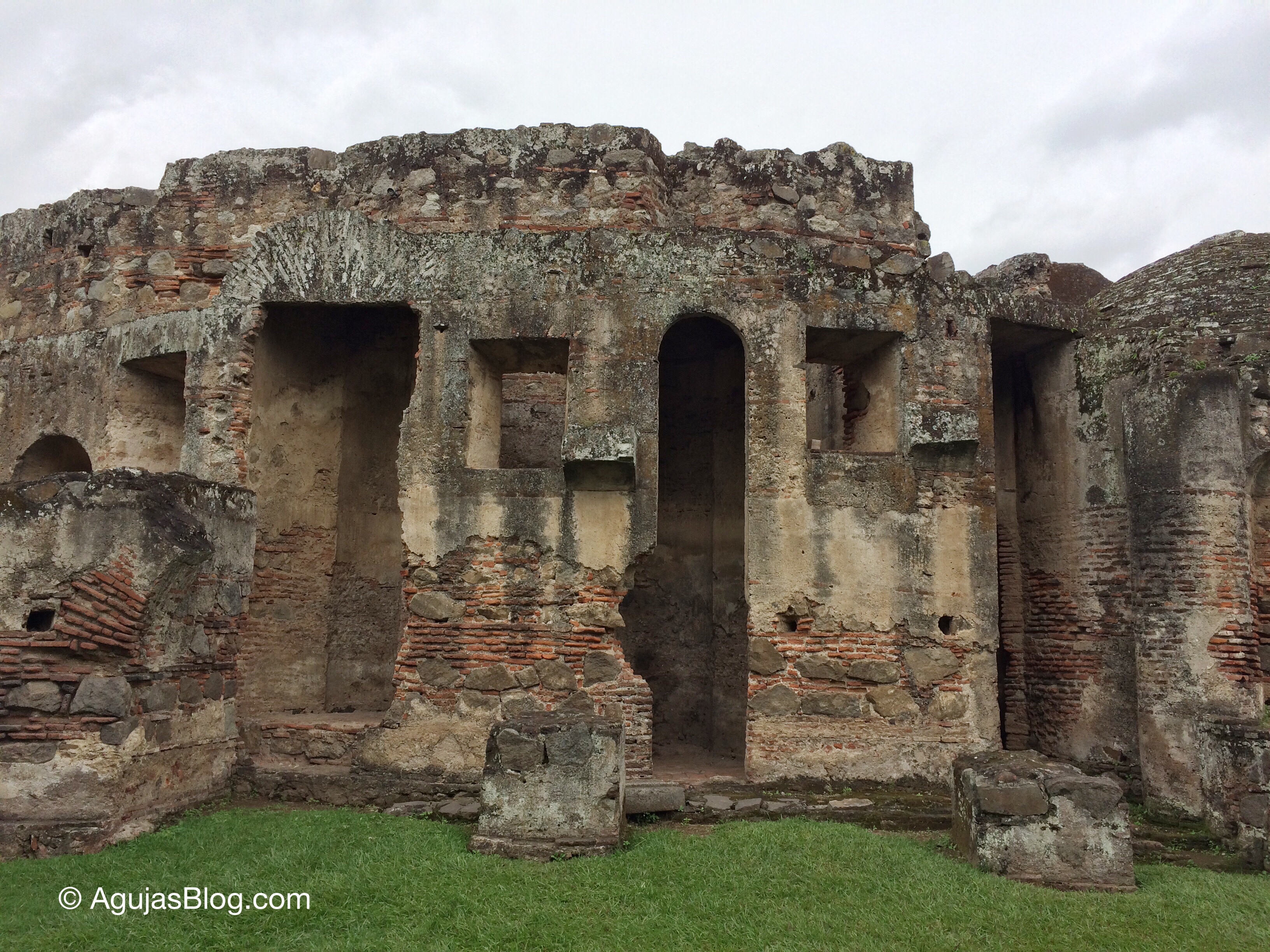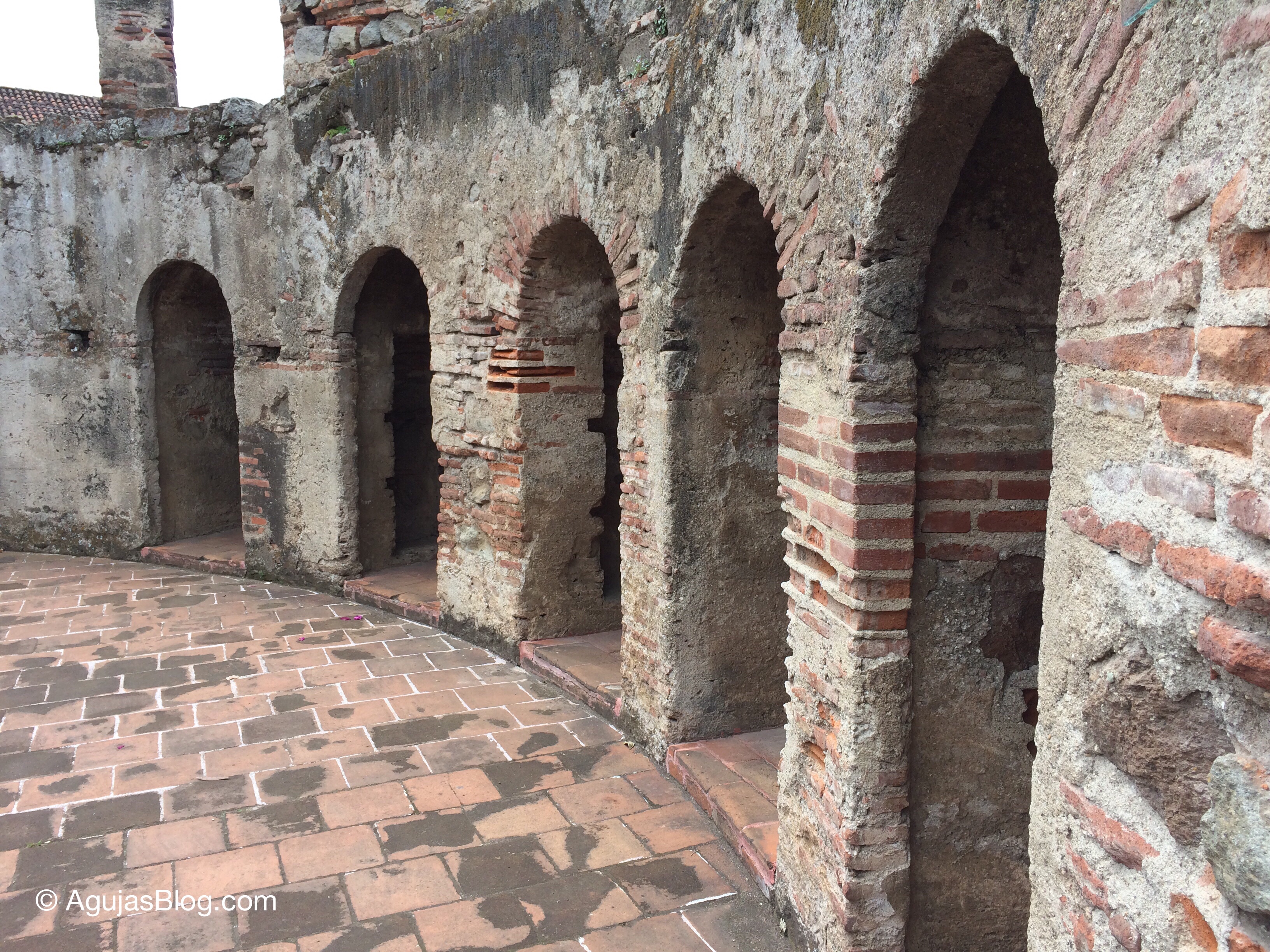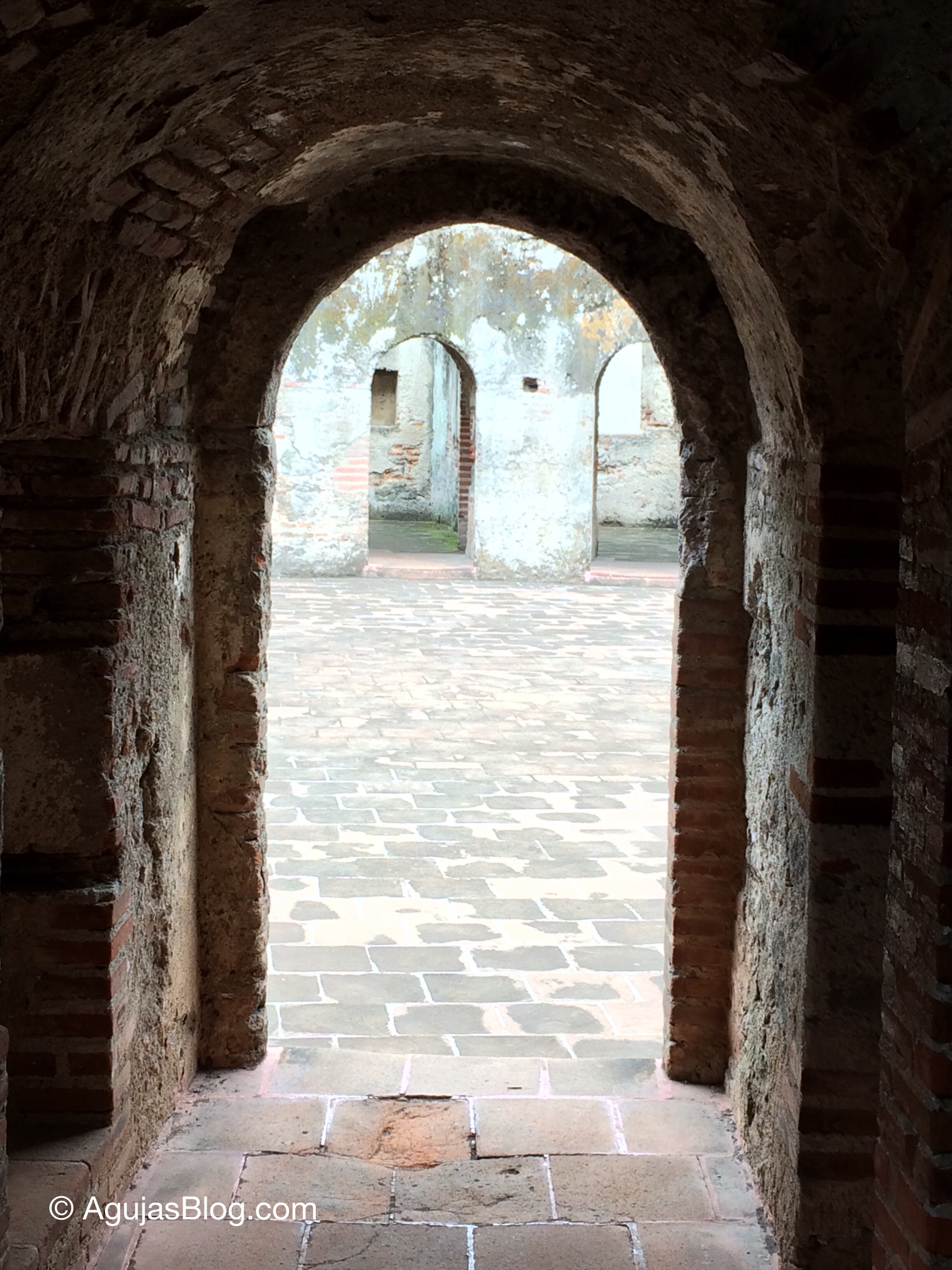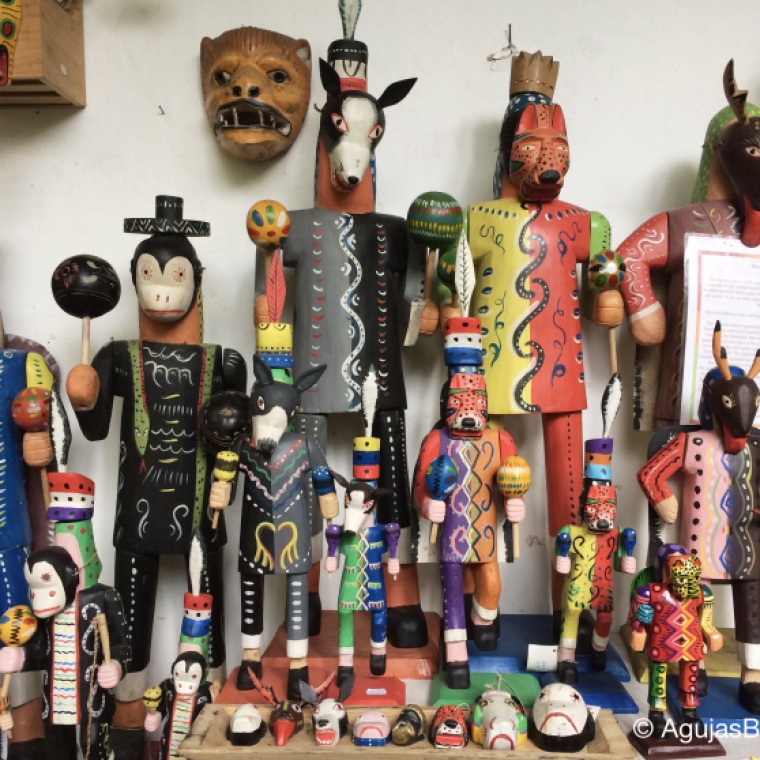This past April, my husband and I enjoyed a long weekend along the banks of Lago Atitlán in Guatemala. Getting there from Guatemala City was a 5-hour, bumpy and circuitous ride up the mountains. When we arrived, it was almost dark, and the fog obscured a full view, but what I could see was beautiful. The lake seemed to go on forever.

(Source)
Lago Atitlán was once called “the most beautiful lake in the world” by German explorer and naturalist Alexander von Humboldt. Lago Atitlán is the deepest lake in Central America at 1,049 feet (320 meters) deep and is approximately 12 kilometers long. It is surrounded by villages whose inhabitants are Tz’utujil, an ethnic group of the Maya civilization.


The vegetation is lush and abundant with fruit trees and flowering greenery. Coffee beans grow along the mountainsides and locals work at harvesting them for exporting.
They say that this mountain top resembles the face of a Maya ancestor.

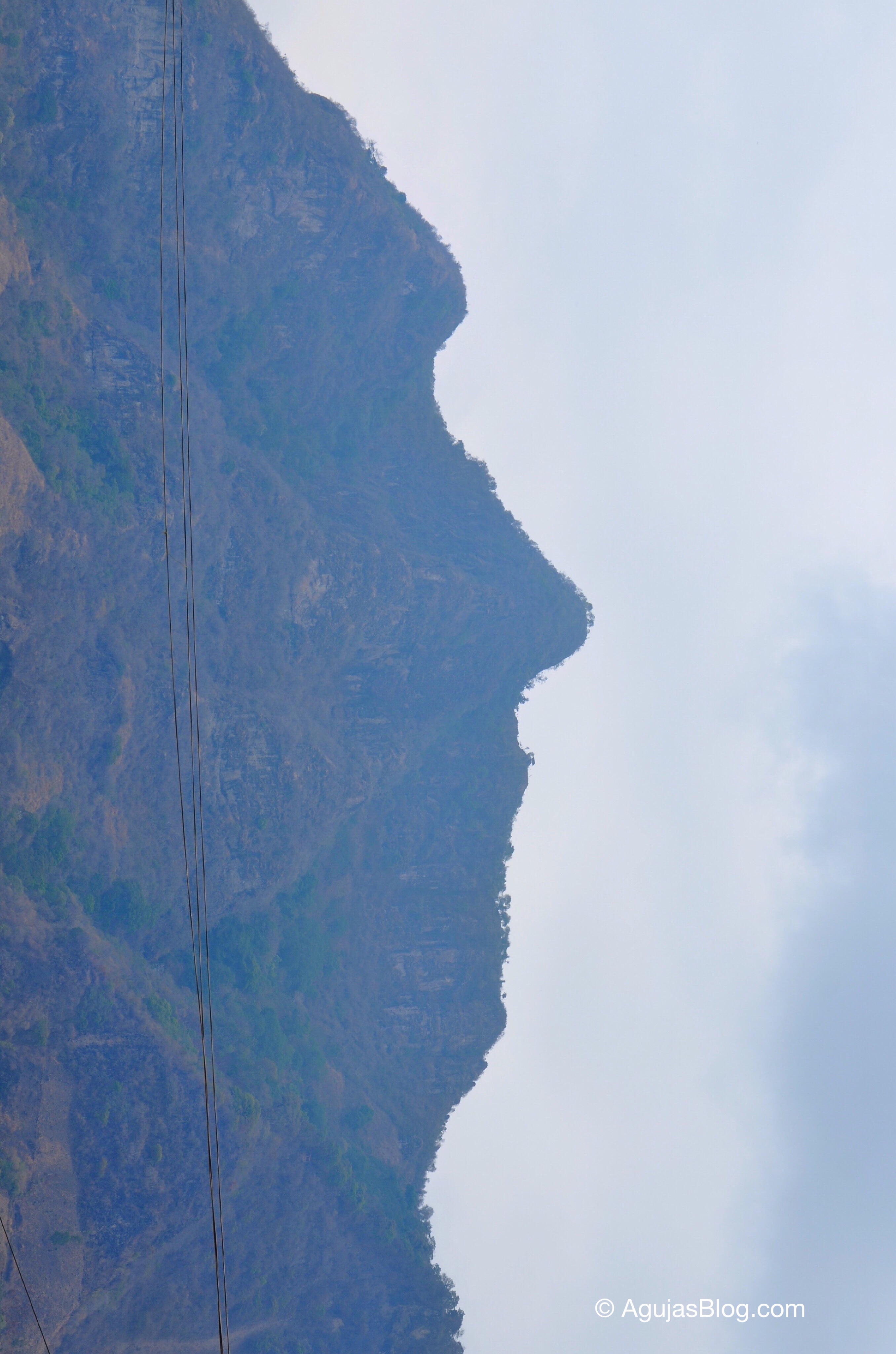
The villages each have their own personalities. We stayed at San Pedro La Laguna which draws backpackers from all over the world. The streets along the banks of the river are dotted with bars and hostels catering to youthful travelers. We stayed in a one-bedroom apartment in the home of an English teacher, a short walk from restaurants and coffee bars but far enough away from the noise. My goal was to visit San Juan La Laguna, a neighboring village known for its cooperatives of women weavers. For 10 quetzales, we took a dusty 10-minute tuk-tuk ride to get there. Our first stop was at the Asociación de Mujeres en Colores Botánico. According to their brochure:
We are a multigenerational collective of 48 women weavers from San Juan La Laguna. We work together to support each other and our families through the sales of our traditionally crafted textiles since 1971.
We met Cristina, a member of the cooperative, who explained the spinning and dying process. The textiles are woven out of locally grown white and brown cotton.



The cotton is picked, cleaned and hand spun with a support spindle and bowl, as demonstrated by Cristina.
Cristina then explained each of the natural dyes used to add color. All of the dyes are extracted from flora that grows around Lago Atitlán.

To obtain shades of red, they crush the seeds from the pods of the achiote tree (scientific name: Bixa orellana). The pulverized seeds are heated in water to produce rich reds.



I was surprised to learn that the avocado seed produces a dye. The seed is dried and left until it begins to disintegrate. It is then ground and boiled to release a green dye.


The buds and seed pods of the pericon plant (scientific name: Hypericum perforatum) produce green and yellow colors. The plant is native to Mexico and Guatemala and grows wild in previously cultivated land or near milpas.

The bark of the ilamo (a type of birch tree) produces red and yellow dyes, from the outer and inner bark, respectively.

Flor de Muerto (or Mexican Marigold) is used for yellow dyes.

Sacatinta (scientific name: Justicia tinctorea) produces dyes of various shades, hence its common name (“saca” from the verb “sacar” meaning to remove or take out; “tinta” for dye). According to Cristina, you can get as many as five hues from one pot of sacatinta.

We watched as the skein of cotton yarn began to turn a deep purple upon oxygenation.


To remember our visit, we selected this textile dyed with indigo. It is meant to be a wrap although we plan to use it as a decorative element at the end of a bed.

Cristina explained the motifs on the textile. The milpa (or maize field) is an ancient agricultural method of the Maya. Areas of land are cultivated to grow corn and other crops. After a couple of years of harvest, the ground is left fallow to regenerate itself. Typically, women use the back strap loom to weave while men use a larger foot-pedal loom. The figure of a woman, or ixoq in the Tz’utujil language, is a recurring motif.

The árbol de ilamo, used so frequently for its dyes, is represented.

The next motif represents a freshwater crab found in Lago Atitlán, followed by a fish.


The last motif in this textile is of Tikal, a pre-Columbian city from the Maya civilization.

To learn more, we brought home this book about the botanical dyes of the region. It is organized in three major sections covering natural dyes from trees, fruits and plants. Each section contains recipes for creating the natural dyes and examples of the colors that each produces.

You can find the Asociación de Mujeres en Colores Botánico on Facebook (@ColoresBotanico).
14.679575
-91.185668





















































































